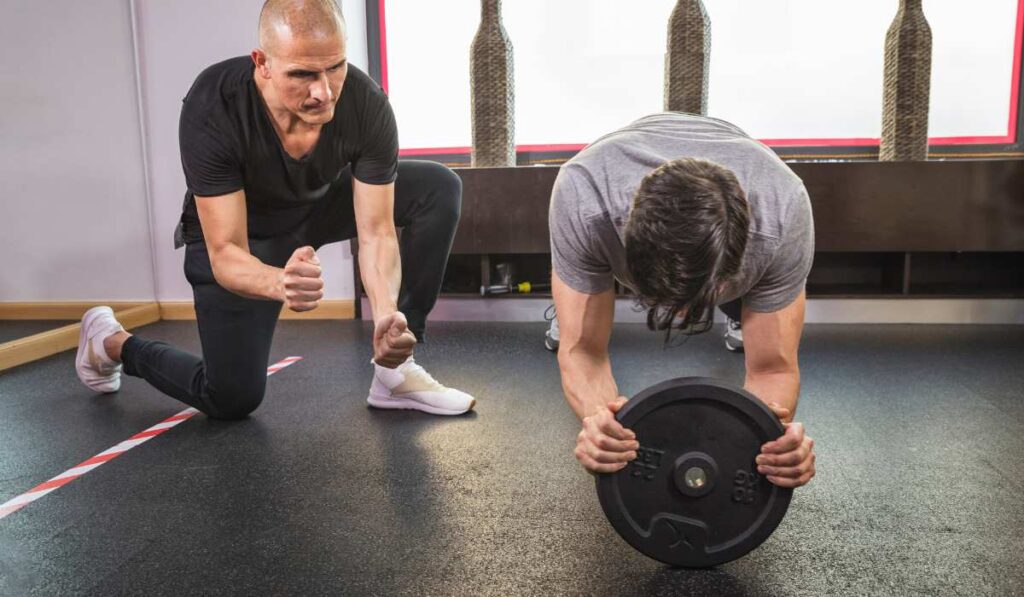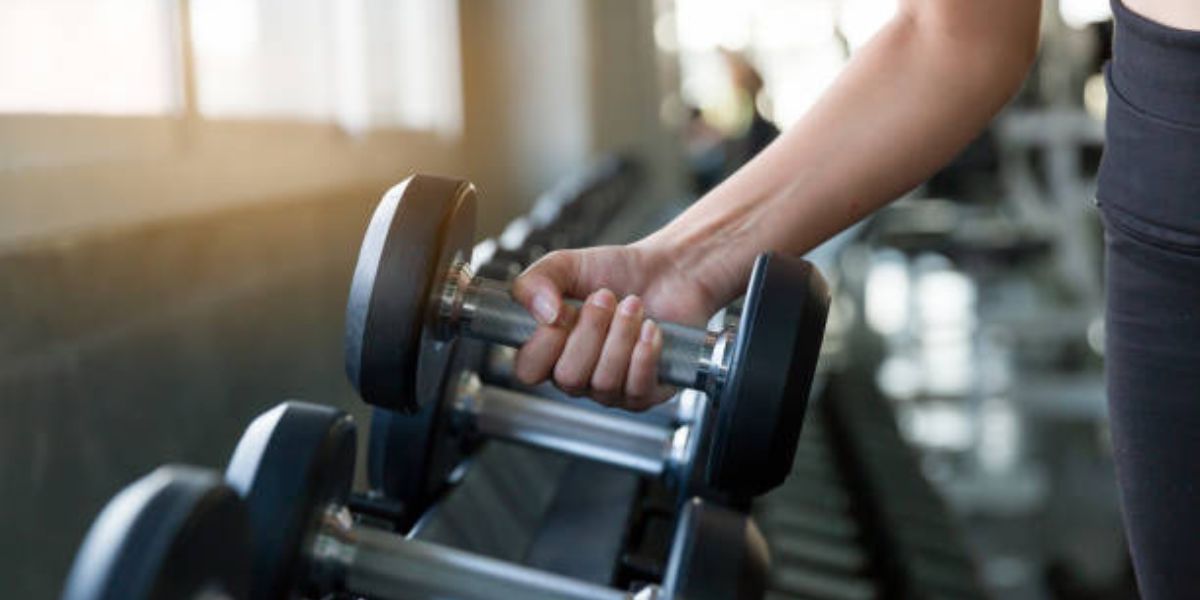One of the most common questions for fitness enthusiasts and those new to the gym alike is: Is it better to eat before or after the gym? The timing of your meals plays a crucial role in how well your body performs during exercise and how effectively it recovers afterward. Whether your goal is to lose weight, build muscle or simply maintain overall fitness, understanding when and what to eat around your workout can significantly impact your results.
Pre-workout nutrition can provide the energy needed for an intense session, while post-workout meals are essential for muscle recovery and replenishing glycogen stores. In this article, we’ll explore the science behind pre- and post-workout meals and offer practical advice on how to maximize your fitness gains, especially if weight loss is your primary goal.

Let’s break down the benefits of both options and help you decide what works best for you.
Side-by-Side Comparison
This format allows readers to directly compare the pros and cons of eating before and after a workout in a single glance.
| Aspect | Eating Before the Gym | Eating After the Gym |
| Advantages | – Provides energy for intense workouts | – Aids in muscle recovery and glycogen replenishment |
| – Prevents fatigue during exercise | – Repairs muscles, helps with fat loss | |
| Disadvantages | – May cause discomfort (bloating, cramps) | – Skipping post-workout meal slows recovery |
| – Can make you sluggish if eaten too close | – Delayed eating increases hunger and snacking |
Advantages and Disadvantages Split by Goal
If you want to focus on specific fitness goals, this table could help readers decide based on what they’re aiming to achieve (e.g., muscle gain vs. weight loss).
| Goal | Eating Before the Gym | Eating After the Gym |
| For Energy | – Provides fuel for high-intensity workouts | – Less relevant for energy |
| For Muscle Gain | – May help in lifting heavier weights | – Critical for muscle recovery and growth |
| For Weight Loss | – May prevent early fatigue, allowing longer workouts | – Helps repair muscles and prevents fat gain |
| Disadvantages for Goal | – Risk of discomfort or sluggishness | – Skipping can lead to muscle loss or over-eating later |
Gym Workout Nutrition
This structure focuses on different workout scenarios to help readers understand when to eat based on the type of exercise they plan to do.
| Workout Type | Best Pre-Workout Nutrition | Best Post-Workout Nutrition |
| High-Intensity Training | – Complex carbs (e.g., oats, banana) for energy | – Protein (e.g., chicken, fish) for recovery |
| Endurance Training | – Light snack (e.g., toast, peanut butter) | – Carbs + protein to replenish energy |
| Weight Loss Focus | – Low-calorie snack for endurance (e.g., apple) | – Protein-rich meal (e.g., quinoa, eggs) to support fat loss |
| Muscle Gain Focus | – Protein shake or lean protein for strength | – Lean protein and complex carbs for muscle recovery |
Understanding Pre-Workout Nutrition
What Happens When You Eat Before the Gym?
Eating before a workout has specific advantages, particularly when it comes to energy levels and sustaining performance during high-intensity exercises. Here are the main benefits of fueling up before you hit the gym:
- Provides Energy for High-Intensity Training: A pre-workout meal, rich in carbohydrates and protein, supplies your muscles with the necessary fuel to power through strenuous activities. This is especially important for endurance athletes and those engaging in high-intensity interval training (HIIT).
- Prevents Fatigue: By stabilizing blood sugar levels, eating before a workout helps you avoid mid-session fatigue, enabling you to train longer and more effectively.
- Best Food Types for Pre-Workout: Focus on protein and complex carbohydrates for sustained energy. Some great pre-workout snacks include a banana with peanut butter, oatmeal with protein powder, or a slice of whole-grain toast with scrambled eggs.
Potential Downsides of Eating Before a Workout
While there are clear benefits, eating too much or too close to a workout can cause:
- Discomfort: Large meals or eating right before exercising can lead to bloating, cramping, or nausea.
- Sluggishness: Heavy meals can leave you feeling sluggish and reduce your performance.
Best Practice: Eat a light, balanced meal 30-60 minutes before your workout to give your body enough time to digest.
When to Eat for Weight Loss
Timing Your Meals for Optimal Fat Loss
For those focused on weight loss, post-workout nutrition becomes especially important. Proper meal timing after a workout can support muscle recovery while helping you stay in a calorie deficit, which is essential for fat loss.
- Post-Workout Nutrition for Weight Loss: After a workout, your body is in repair mode. Eating high-protein meals soon after your exercise session helps muscle recovery and promotes fat-burning processes. Avoiding food right after exercising can lead to muscle loss and unnecessary snacking later in the day.
- When to Eat After Workout to Lose Weight: The optimal time to eat after a workout is within 30-60 minutes. This is often called the “anabolic window,” during which your body is most efficient at absorbing nutrients to repair muscles and replenish energy.
Tips for Eating to Lose Weight Efficiently:
| Aspect | Details | Optimal Timing | Recommended Foods | ||
| High-Protein Meals | Lean protein sources like chicken, fish, eggs, or tofu help repair muscles and boost metabolism, which aids fat loss. | As part of post-workout meal (within 30-60 minutes) | Chicken, fish, tofu, eggs | ||
| Fiber-Rich Foods | Foods such as vegetables, whole grains, and legumes keep you full longer, reducing cravings and unhealthy snacking. | Incorporate in every meal to maintain fullness throughout the day | Vegetables, whole grains, legumes | ||
| Avoid Sugary Snacks | Post-workout snacks should be nutrient-dense. Sugary snacks cause insulin spikes that can contribute to fat storage. | Avoid sugary snacks post-workout, focus on nutrient-dense foods | Skip sugary snacks, opt for protein or healthy fat-based snacks | ||

Also Read: Can You Workout After a Massage?
Why Post-Workout Nutrition Matters?
Eating after a workout is crucial for muscle repair, replenishing energy stores, and supporting overall recovery. Here’s why you shouldn’t skip a post-workout meal:
- Replenishes Glycogen Stores: Glycogen, the primary fuel used by muscles during exercise, is depleted during a workout. Carbohydrates in your post-workout meal help restore glycogen levels, ensuring your muscles are prepared for your next session.
- Aids in Muscle Recovery: Protein intake post-exercise supports muscle repair and growth. This is especially important for those looking to build or maintain muscle mass while losing fat.
- When to Eat After Workout to Lose Weight: Eating within 30-60 minutes post-workout is optimal, especially for weight management. This window ensures efficient nutrient absorption, aiding both recovery and fat loss.
Eating Before or After the Gym: Which is Better for You?
So, should you prioritize eating before or after your workout? The answer largely depends on your goals:
- Pre-Workout for Energy: If you’re focusing on performance and endurance, eating before the gym may give you the fuel you need to push harder during workouts.
- Post-Workout for Recovery: If your primary goal is muscle recovery and fat loss, post-workout nutrition is key. Eating protein and carbs within an hour of your workout ensures your muscles recover quickly and you stay full longer, preventing overeating later in the day.
Here’s a quick comparison to help you decide:
| Comparison | Pre-Workout Nutrition | Post-Workout Nutrition |
| Best For | Energy, endurance | Recovery, muscle repair, weight loss |
| Ideal Time | 30-60 minutes before exercise | 30-60 minutes after exercise |
| Recommended Foods | Protein + Complex Carbs | Protein + Complex Carbs + Healthy Fats |
| Goal | Prevent fatigue, sustain energy | Replenish glycogen, repair muscles |
Conclusion
Both pre- and post-workout meals play a crucial role in your fitness journey. If you’re aiming to improve performance, a pre-workout snack rich in protein and complex carbohydrates can boost your energy. On the other hand, post-workout meals are critical for muscle repair and fat loss.
By understanding when to eat after your workout, especially if your goal is weight loss, you can optimize your nutrition plan to meet your fitness goals. Remember to choose nutrient-dense foods that support both recovery and fat loss, and tailor your eating schedule to align with your workouts. With this balanced approach, you’ll be well on your way to achieving your fitness goals.
Also Read: Reasons Why You Should Hire A Personal Trainer in Brampton






